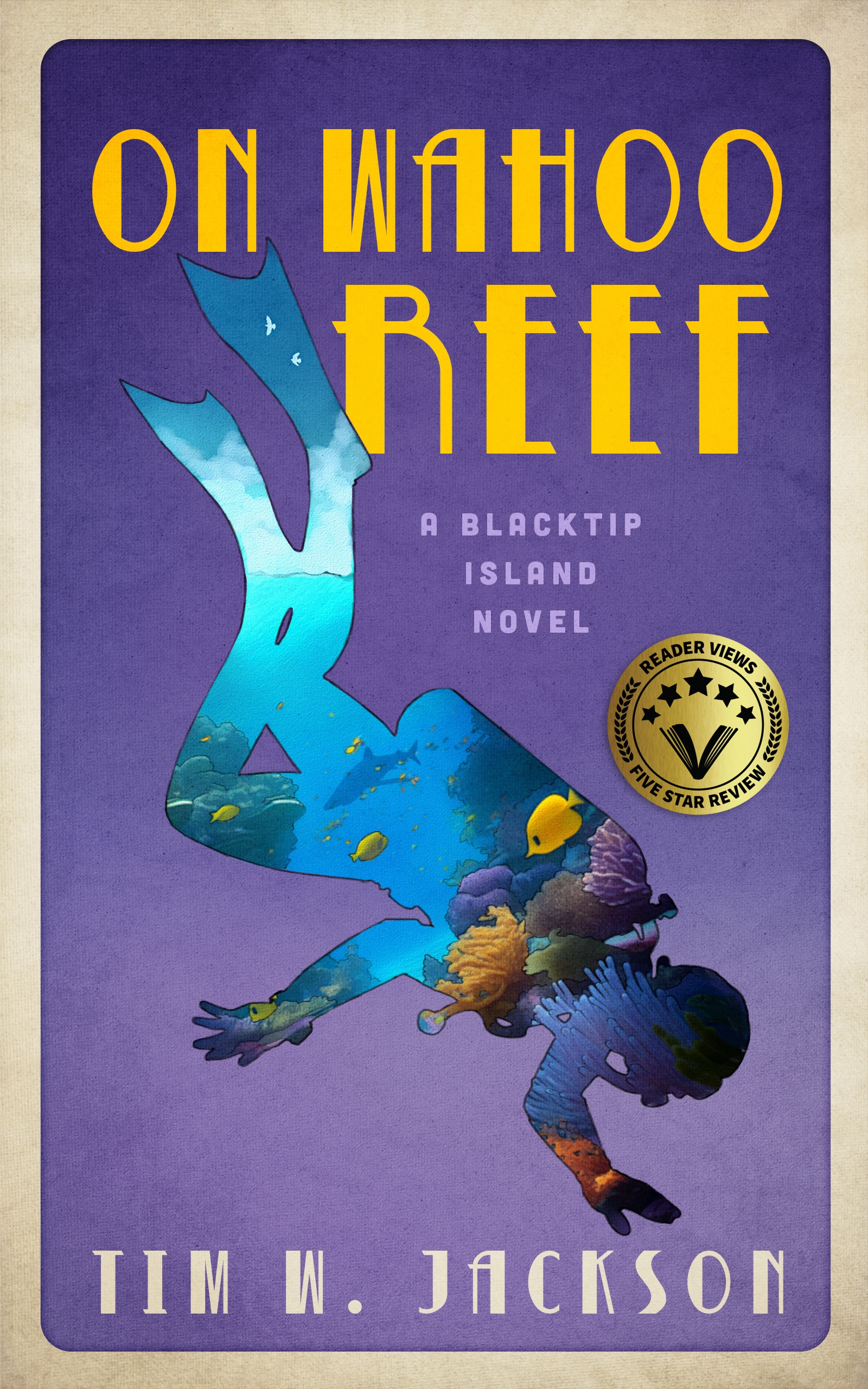
Existing oceanfront condominiums will be incorporated into Blacktip Island’s protective condominium wall.
Blacktip business owners are spearheading plans to ring Blacktip Island’s coast in an unbroken wall of high-rise condominiums to safeguard against rising sea levels menacing the Caribbean island.
“Global warming’s on us, and we’re not prepared,” said Eagle Ray Cove resort owner Rich Skerritt, the plan’s chief backer. “This is the new face of life in the tropics: dual-purpose developments that’ll protect their islands while providing upscale coastal housing.
“Hell, 1,800 year ago the Chinese all laughed at Emperor Qin Shi and his wall. Now look at them.”
“It’s for the common good,” said Tiperon Islands Public Safety chief Ferris Skerritt, Rich Skerritt’s brother. “We’re all at risk from rising sea levels. Tourists are noticing and going to islands with higher elevation. We have to act now to protect our lives and our economy.”
Local scientists are skeptical of the plan.
“Blacktip’s only 10 feet above mean sea level, sure, and a minor rise in global sea levels would have us swimming,” Tiperon University-Blacktip’s Ernesto Mojarra said. “But I don’t know that ringing the coastline with multi-family dwellings will address that issue. The island’s a porous limestone. Rising water will just seep up through the ground.”
Environmentalists question the developers’ motives.
“Rich is using global warming as a Trojan horse so he can overdevelop the island,” Blacktip Haven resort owner Elena Havens said. “His condo wall will trap stagnant water inside and create a giant bowl of fetid goop. It’s bad enough we already have the booby pond.”
Other locals are concerned the project will negatively impact their quality of life.
“They can’t just block ocean access like that, no matter how high the water gets,” resident Ginger Bass said. “If we don’t own a fancy condo, how do we get to our boat? If we can’t get to the sea we can’t fish to feed our families.”
Rich Skerritt allayed those concerns.
“We’ll have drainage conduits to take the stinky water out,” Skerritt said. “And access tunnels so non-owners can get to the water to fish and whatnot. There’ll be a per-passage fee, of course, but that’s simply to defray the cost of the tunnels, not a fee for ocean access.”
Prospective condo owners, meanwhile, are eager to buy.
“They say all these buildings will be interconnected,” island visitor Suzy Souccup said. “When they’re finished, we’ll be able to walk all the way around the island without ever having to leave the air conditioning. What could be lovelier, and safer, than that?”








